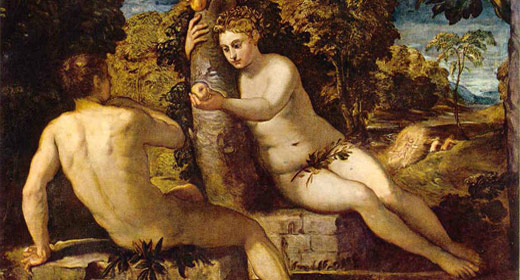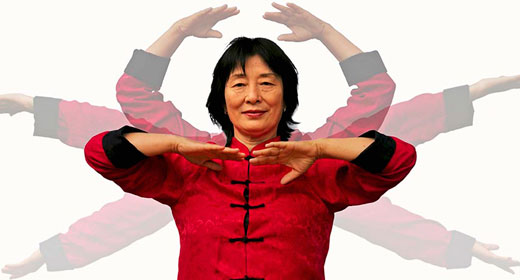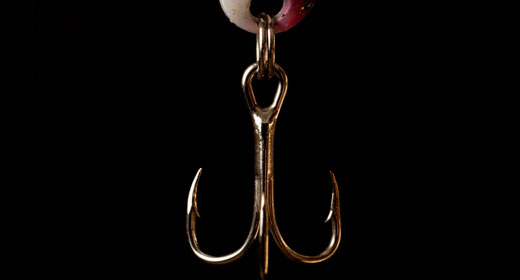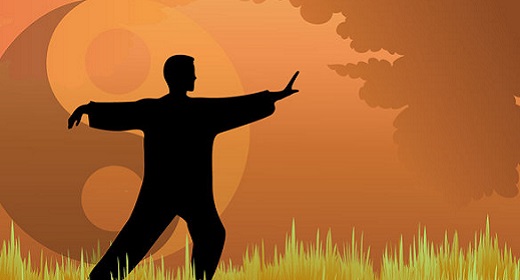by Sriram Shamasunder and Priti Krishtel: Last year, the Irish people raised nearly $2 million dollars for the Navajo and Hopi Nations so they could protect themselves from the pandemic…
At the time, the infection rate in the Navajo community – 2,304 cases per 100,000 — was the highest in the country and nearly 40% higher than even the epicenter of New York City.
It was a show of thanks to Native Americans for a $170 gift sent by the Choctaw to the Irish people at the height of the potato famine in 1847.
When vaccines became available, Navajo Nation leaders made a concerted effort to obtain vaccines from the U.S. government and get shots in arms quickly to ensure that their residents were protected from the virus. The results have been tremendous, with nearly 90% of the eligible population receiving at least a first dose.
These last few weeks, as COVID set India aflame in a profound surge, Navajo Nation continued the cycle of generosity forward by gathering PPE to send to India via the Indian embassy in Washington, D.C.
This may seem like a feel-good story about pandemic generosity. And it is.
But there is another perspective. This chain of donations is akin to a crowdfunding campaign for a medical bill that should be covered through a strong social safety net, not by asking those with the least to scrounge together what little they have.
The burden of helping marginalized people in need in our global community belongs to those with wealth and power — in this case, wealthy nations like the United States — and not to those who have borne the brunt of systemic oppression and economic disenfranchisement.
But up to now in this pandemic, well-off nations have chosen a state of vaccine apartheid. Rich countries as a rule have enough vaccines. Poorer countries do not.
The privileged countries of the world could take a lesson from the Navajo nation and Irish experience. And indeed, the U.S. took a huge step in that direction last week. U.S. Trade Representative Katherine Tai announced the Biden administration’s support for a version of the World Trade Organization proposal to temporarily waive intellectual property protections for COVID-19 vaccines.
This signal from the administration could be a potentially transformative move in the global fight against COVID-19. If followed up by swift and transparent negotiations, a temporary waiver on intellectual property could mean that countries with a severe shortage of vaccines could deploy additional manufacturers to meet the needs of their citizens, without fear of either being sued or sanctioned.
To live up to its potential, this waiver must be accompanied by technology transfer and active support to manufacturers in other countries so supply can increase. While none of this will happen overnight, it’s imperative that this process moves with the urgency dictated by people dying needlessly each moment we continue without a comprehensive strategy for global scale-up of vaccines.
As for the objections by the pharmaceutical industry that it will take too long for other countries to master the technology: They said the same thing about HIV drugs and hepatitis vaccines. This was proven wrong: Manufacturers in low- and middle-income countries entered the market, and millions of people have been treated or immunized as a result. In our opinion, the industry’s arguments simply indicate a desire to control the market and maximize revenue, and do not reflect the reality that time and time again, manufacturers in other countries have demonstrated that they can not only master new technologies, they can achieve scale, bring down costs, and ultimately help save more lives.
The alternative is for companies like Pfizer and Moderna to make the vaccine and sell it to other countries or give it to COVAX — a joint program run by the World Health Organization and two nonprofits — which aims to supply a limited number of vaccines to less wealthy countries.
But COVAX is expected to reach just 3% of the populations of low-income countries by early July. So the outlook is not positive to reach its original modest target of up to 20% of these populations by the end of 2021.
And even if it reaches its most ambitious goals, COVAX would never solve our current crisis of a lack of vaccine production worldwide. It is not a production plan; it is merely a distribution scheme. What we need is the former — equipping nations with the knowledge and infrastructure to produce their own vaccines.
That’s why we support the Biden administration announcement. It embodies the spirit of the Navajo Nation and Irish solidarity.
When the U.S. took a stand this week to change course, it took a critical first step to bringing an urgency to our response that has been lacking to date. A first step to finding our way back from vaccine apartheid to vaccine equity.
Sriram Shamasunder (@srijeeva) is associate professor of medicine at UCSF. He has worked clinically in low- and middle-income countries over the last 15 years. He is the director of UCSF HEAL, a health training program in Navajo Nation and rural India since 2014.
Priti Krishtel (@pritikrishtel) is a founder and an executive director of the Initiative for Medicines, Access & Knowledge, and has spent nearly 20 years addressing structural inequities in how medicines are developed and distributed worldwide.










































